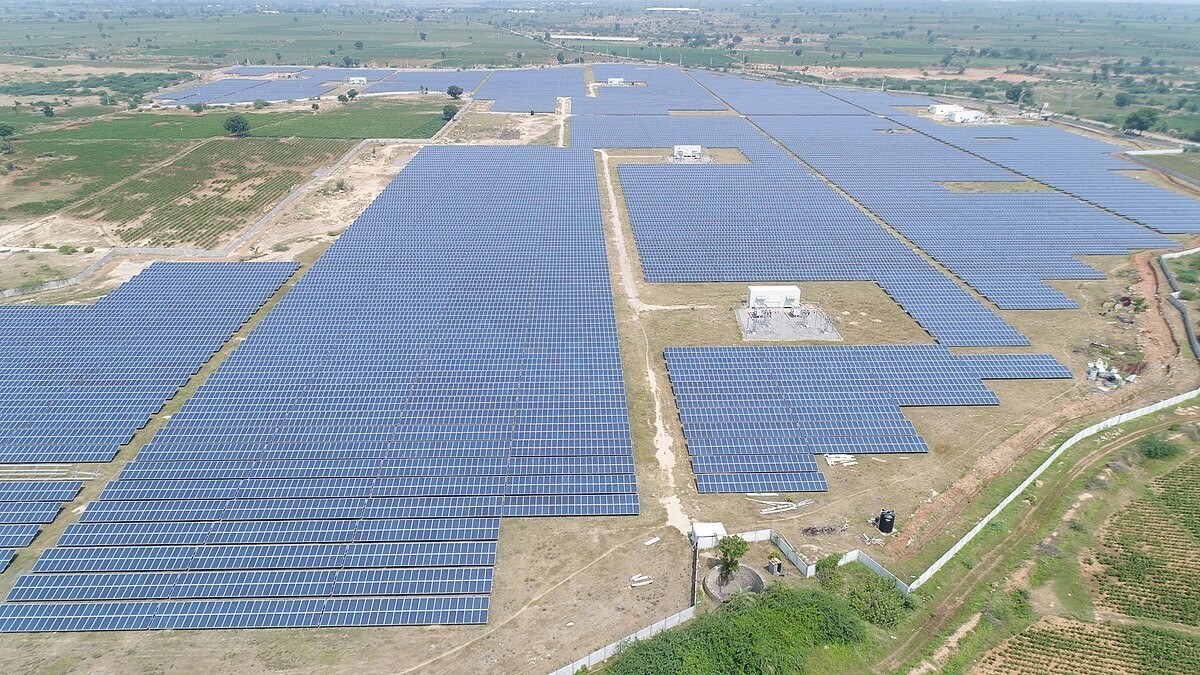

India’s renewable energy sector experienced USD 11.8 billion in financial investment in the first half of 2025, which is the second-highest half-year inflow in history, according to the latest reports. The momentum is indicative of India's increasing prominence in the global clean energy arena, spurred by an uptick of solar projects and consistent investor confidence.

Image source: https://commons.wikimedia.org/
Clean energy auctions and regulatory landscape
Clean power auctions were a critical growth lever. India is already one of the world's most active renewable markets, having approved 59 gigawatts (AC) of capacity in 2024, which is more than twice as much as the year before. Auctions provide revenue certainty and allow private developers to scale with long-term visibility.
However, there are uncertainties about future capacity additions. The government plans to implement the Approved List of Cells and Manufacturers (ALMM) from June 2026. This could also create issues for open-access projects. JMK Research cautioned, “Following the implementation of ALCM, the expected shortage of domestic content requirement (DCR) modules is likely to hamper the execution of nearly 20-25 GW of green open access projects over the next 2-3 years. Concurrently, the high prices of DCR modules will also increase the project power tariff by up to USD 0.0046 to 0.0057 per unit.”
This shift aims to deepen India’s solar value chain by including solar cells alongside modules. However, domestic supply gaps remain stark: the July 2025 ALCM list had only six manufacturers with 13 GW of cell capacity, compared to 91.5 GW of modules listed in June.
Solar sector leads the way
Solar represented the lion-share of the investment landscape, comprising 77 per cent of investments in H1 2025. There was a mix of utility-scale and small-scale solar projects that benefitted from record auction awards as well as Foreign Direct Investment (FDI). FDI in the renewables sector stood at USD 12.67 billion in March 2025 – an increase from just 1 per cent in FY21 to nearly 8 per cent in FY25.
Wind investment had halved from the previous year, however, hybrid projects that combined wind with solar and storage were emerging as a flexible solution to meet the overall round-the-clock demand.
Aluminium’s role in India’s energy transition
Some media reports have indicated that aluminium is developing into an important enabler of renewable growth. Aluminium is light in weight and can be recycled, giving it a clear role in solar modules and mounting structures, among other applications, with the overall flexible solution industry set to contribute 20 GW of additional capacity by 2030.
Sources also cited the commissioning delays as the impetus for the 25 per cent reduction in solar additions in Q1 2025 but noted large-scale projects from Adani Green Energy, Jindal, and Alpex Solar would yield a recovery for the remainder of the year.
By the first half of 2025, it was reported that India surpassed the capacious threshold of resolving over 50 percent of installed capacity from renewables, ahead of Paris Agreement targets. With mega-projects surrounding Khavda, Gujarat, billion-dollar investments coming from Jindal and Alpex, and aluminium-backed disruption, India is well on track to meet and possibly surpass its 2030 clean energy goals.
Also watch: Aluminium and Other Base Metals: Understanding Risk Management and Hedging by Jorge Eduardo Dyszel
Responses








